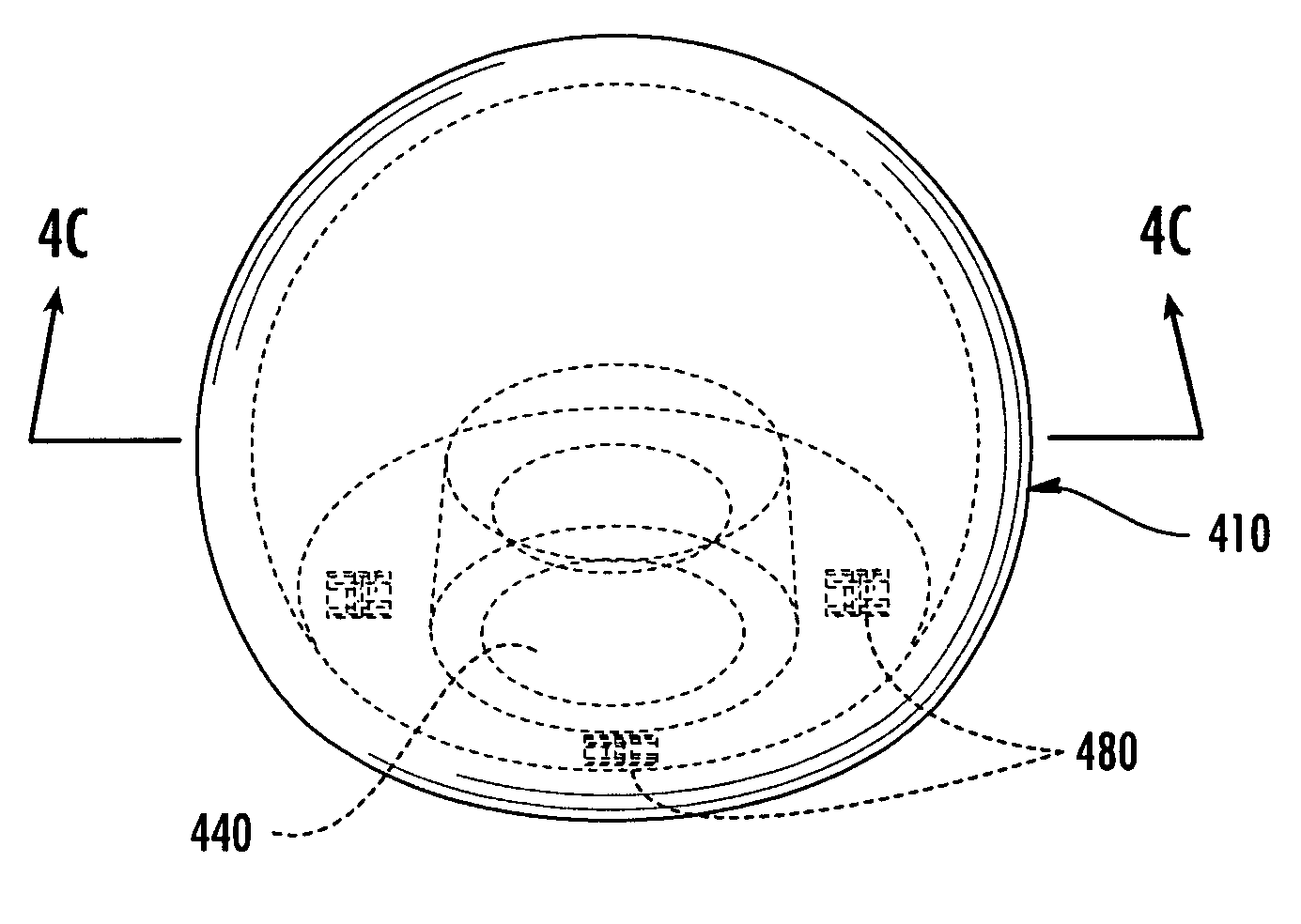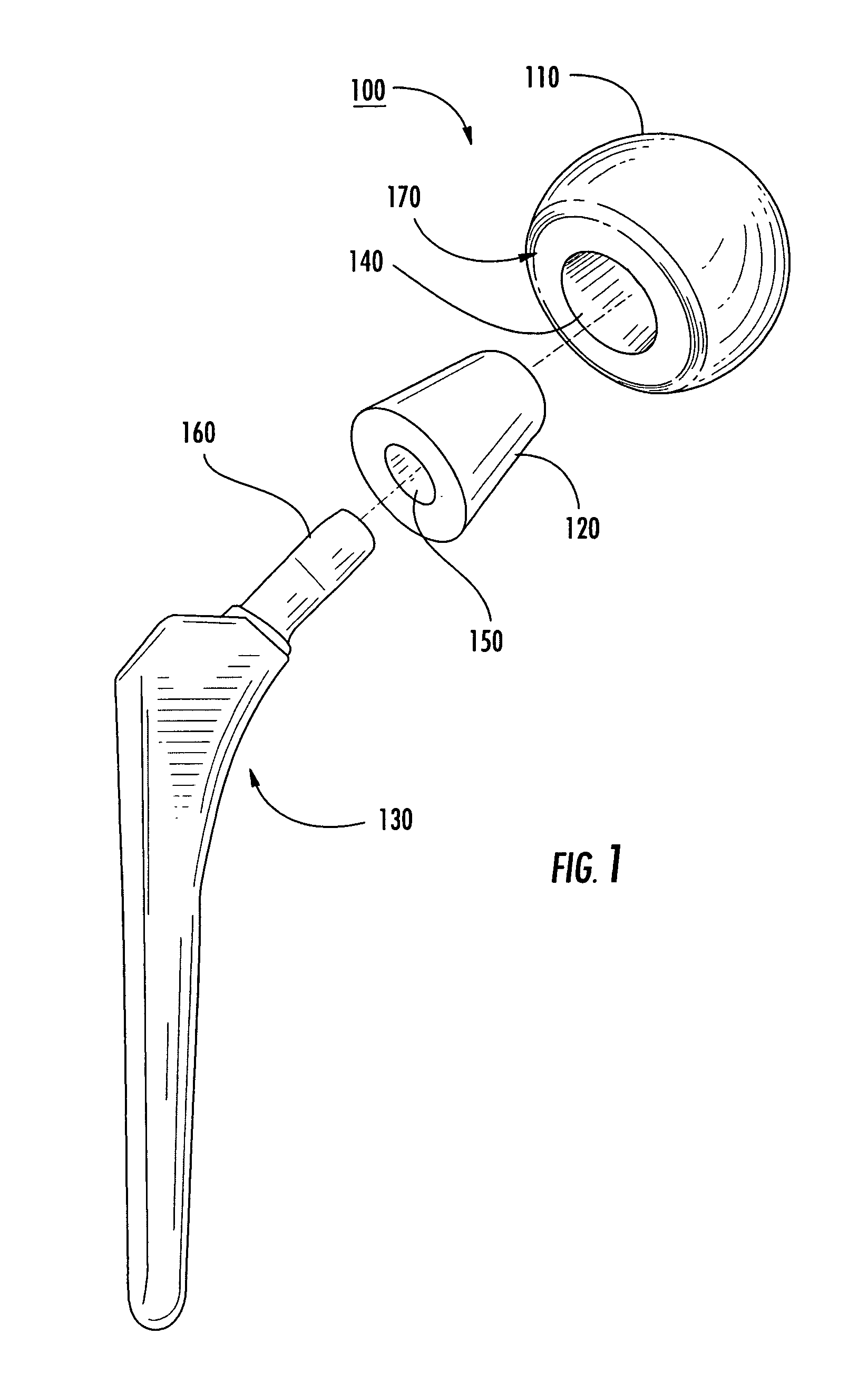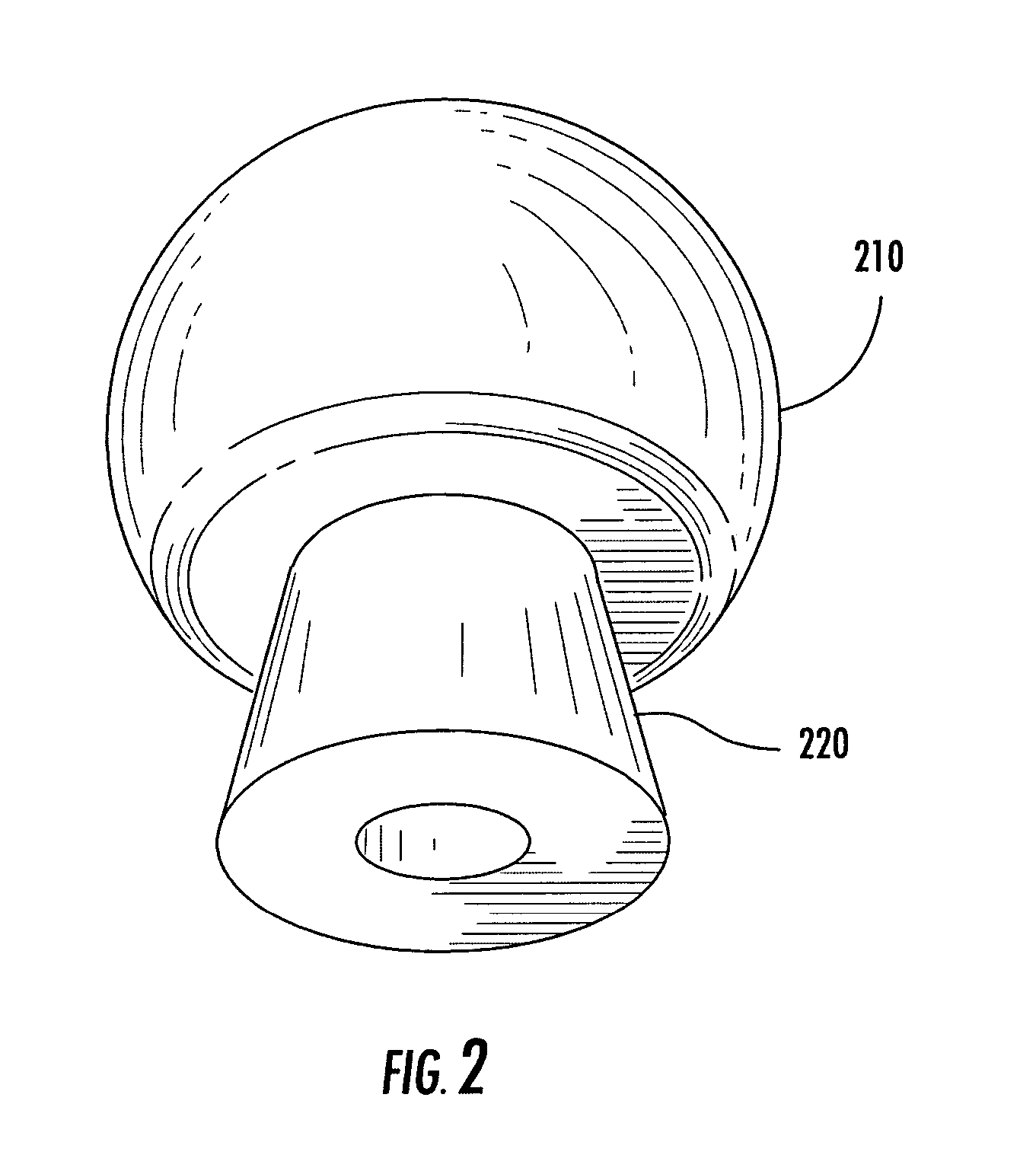Intraoperative joint force measuring device, system and method
a technology of joint force and measurement device, applied in the field of surgical systems for measuring joint load, can solve the problems of affecting the optimal soft tissue tension of patients, reducing the efficiency of the patient's rehabilitation, so as to achieve optimal implant placement and size, and reduce the risk of femoral cavity injury
- Summary
- Abstract
- Description
- Claims
- Application Information
AI Technical Summary
Benefits of technology
Problems solved by technology
Method used
Image
Examples
Embodiment Construction
[0029]The present invention provides an intraoperative device, kit, method and system for measuring joint forces experienced by implants so that surgeons can quantify needed adjustments for implants and prosthetics. In contrast to the prior art, with the device, kit, method and system, surgeons can measure joint forces, such as soft tissue tension, intraoperatively, make adjustments based on measurements instead of subjective observation, and provide optimal implant placement and size. Importantly, the intraoperative device not only allows the surgeon to obtain quantitative soft tissue tension measurements that are unique to the patient due to unique anatomical size and shape, the detachable arrangement of the device allows the surgeon to obtain soft tissue tension measurements for a variety of different implant sizes and arrangements. Such a removably attachable device can allow the surgeon to select the optimal implant size and arrangement based on quantitative measurements withou...
PUM
 Login to View More
Login to View More Abstract
Description
Claims
Application Information
 Login to View More
Login to View More - R&D
- Intellectual Property
- Life Sciences
- Materials
- Tech Scout
- Unparalleled Data Quality
- Higher Quality Content
- 60% Fewer Hallucinations
Browse by: Latest US Patents, China's latest patents, Technical Efficacy Thesaurus, Application Domain, Technology Topic, Popular Technical Reports.
© 2025 PatSnap. All rights reserved.Legal|Privacy policy|Modern Slavery Act Transparency Statement|Sitemap|About US| Contact US: help@patsnap.com



